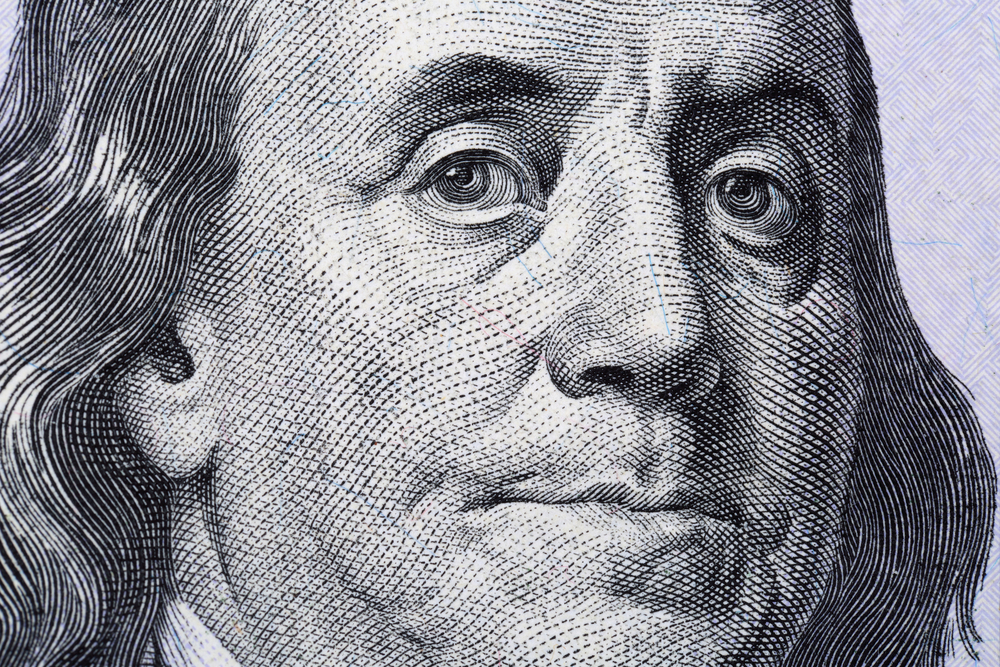With one day and five hours until the January 29 FOMC rate meeting, the rates markets are giving it an 87.3% probability of the Federal Reserve to leave rates unchanged in the 150-175 bps range. Another 12.7% anticipate the Federal Reserve to hike rates by 25 basis points to 175-200.
In the June 10 rate meeting, interest rate traders are projecting the rates to be lower by 25 bps with a likelihood of 30%, but at the same time, some anticipate the interest rate to be higher with a probability of 8.3%. It has been a long time we saw this type of division amongst rate traders.
The dovish camp, are probably looking at the lack of growth in leading economic indicators. Last week saw the US Manufacturing PMI decline instead of gaining. However, the composite rose to 53.1 from 52.7. The composite shows that the US economy is recovering; however, the economy appears not to be increasing as fast as stock markets have been suggesting.
From October 2019, stock markets have risen by 17.40% before sliding on the breakout of the Coronavirus. Typically, a sharp gain in the stock markets would result in a sharp rebound in the economy; however, that strong momentum is currently not visible in the economic data. Eventually, the stock market would need to catch up with the economic data or the data would need to catch up with stock markets. The former seems more likely in the current climate.
Read our Best Trading Ideas for 2020.
As for the USD (DXY) index, the trend is short-term upwards above the January 21 low of 97.39, and the low expectations on the Fed rate meeting suggest that it will not be a market mover for the USD. Instead, the market will probably continue to focus on the Coronavirus crisis in China. The next resistance level for the USD (DXY) is the November 29 high of 98.55.
[vc_single_image image=”30007″ img_size=”full” onclick=”link_image” title=”Daily USD/DXY Chart”]


